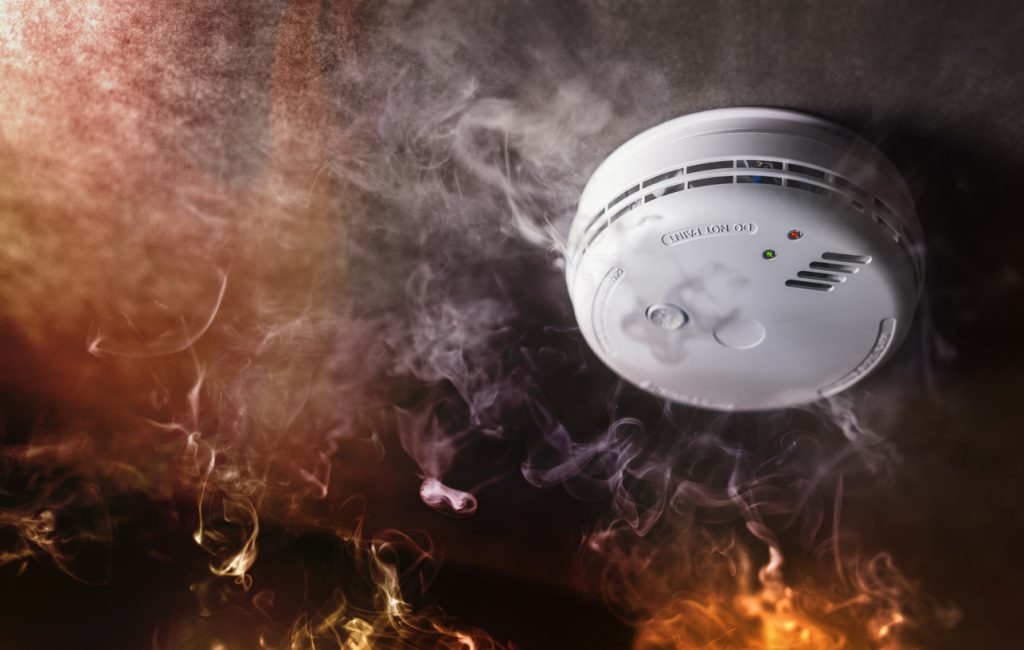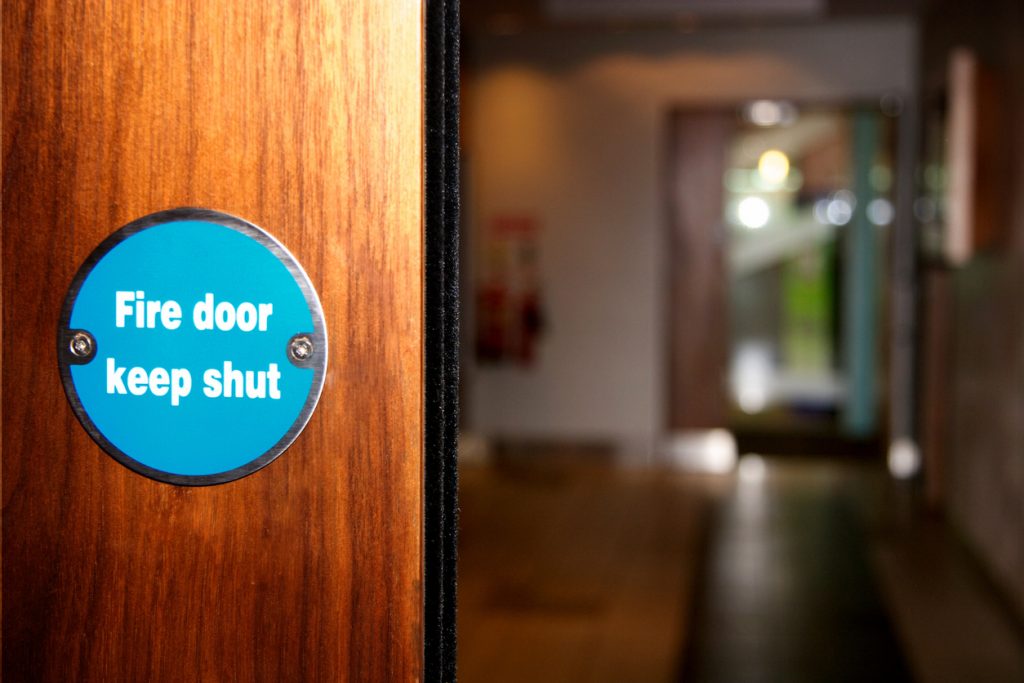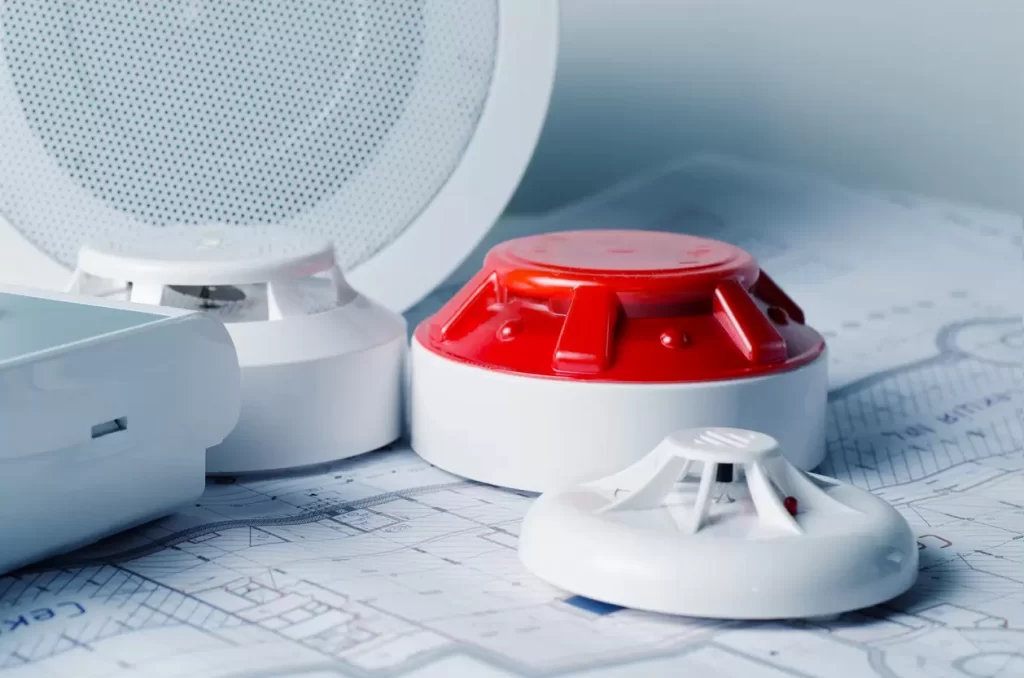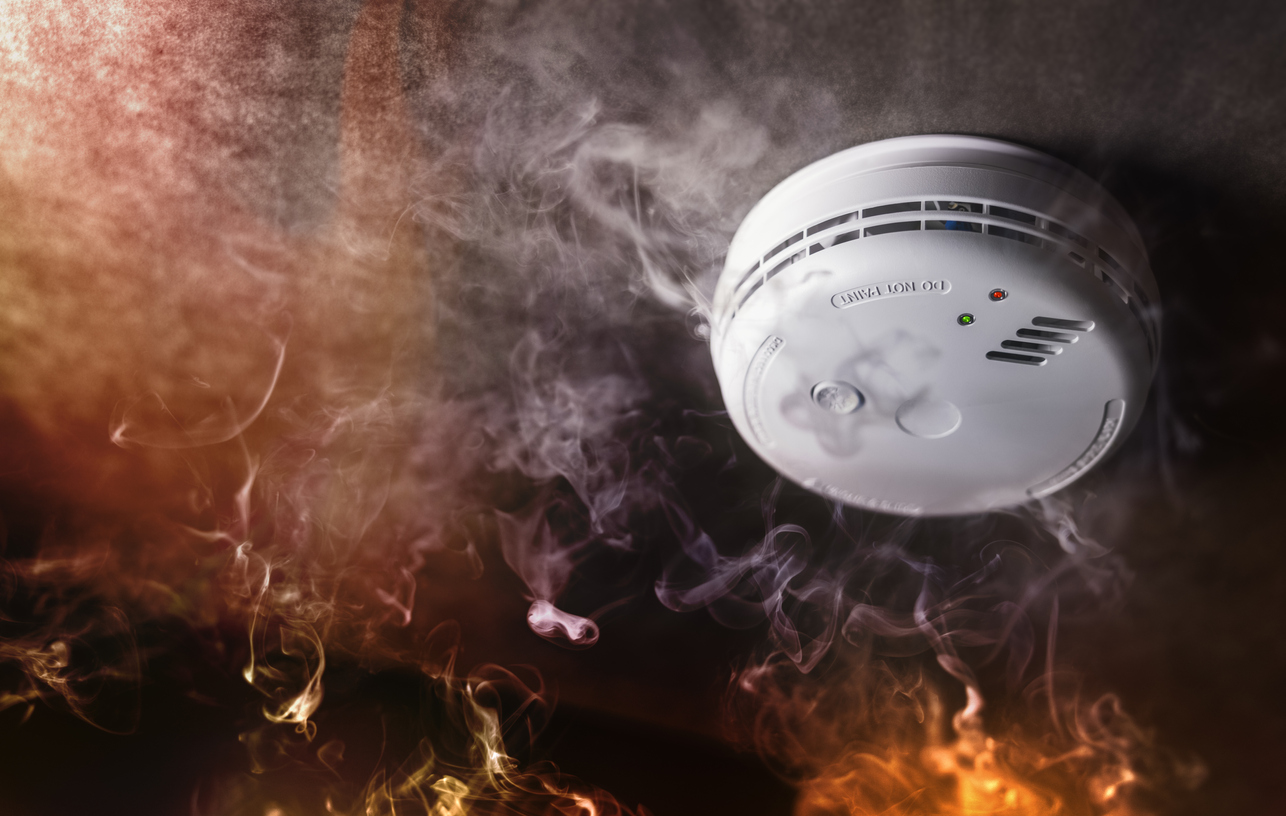HMO Fire Safety Guide
A HMO is a House of Multiple Occupation, meaning that it consists of at least three people renting within the property who do not form the same household (i.e. they’re not a family). These are essentially rented properties that are shared by multiple people, with things like bathrooms and kitchens shared, but potentially with their own rooms or areas within the property.
That means fire safety has to be viewed slightly differently, because the people renting within the HMO may not always be in close communication, and they may even lock doors specific to their areas of the property — something you don’t get in individual, buy-to-let flats and homes. All this makes safe evacuation and fire safety procedures tricky.
That’s why, this month, we’re going to talk you through the different aspects of fire safety for HMOs, including landlord duties, regulations, fire risk assessments and some other things to keep in mind! We specialise in fire safety for HMOs, so if you have any queries not addressed in this piece, don’t hesitate to reach out.

Landlord duties
As a landlord, you should have a licence for each individual HMO you own and rent out. That, along with The Housing Act of 2004, which includes the Health and Safety Rating System (HHSRS), will dictate a lot of your duties as a landlord when it comes to ensuring the property is suitable for the number of people who will be living there.
You will be expected to update things like gas safety certificates annually, install and maintain any smoke alarms and present safety certificates for your electrical appliances. We will touch on what you need to do regarding things like fire doors later in this piece, but you, as the landlord or manager of the property, are ultimately responsible for the fire safety of your HMO.
These are just some of the overarching things you will need to do, but you will also need to contact your local council as they may have additional conditions you need to meet.
HMO fire safety regulations
Because of their different usage, HMOs are subject to fire safety regulations that are different to normal, residential buildings. Like other commercial properties, your property will be subject to the Regulatory Reform (Fire Safety) Order 2005 and building regulations. This means a fire risk assessment is required, along with your duties as the responsible person to follow the law when it comes to adequate fire safety provisions.
As well as the above, you will need to ensure you do the following:
- Fit and maintain smoke and carbon monoxide alarms
- Install relevant fire safety equipment, e.g. fire safety blankets in kitchens
- Construct the building in a way that means the spread of fire and smoke can be limited
- Only use furniture that meets fire-resistance regulations
- Provide fire exits and evacuation routes along with signage to clearly mark paths and instruct occupants
HMO fire door requirements

Fire doors are integral to your legal obligation of ensuring that evacuation routes are protected and that the spread of smoke and fire can be limited. That means your HMO should be fitted with the required fire doors that meet the minimum fire-resistance time of 30 minutes (FD30).
These fire doors should be self-closing so that they can remain closed, along with the correct signage in place. They should also include smoke seals and intumescent strips to block smoke and flames from passing easily through sections of your HMO.
Does a HMO require a fire risk assessment?
Yes, HMOs always require a fire risk assessment, with a review carried out at least every 12 months to ensure that you are complying with the Regulatory Reform (Fire Safety) Order 2005. This will help to ensure your fire safety principles are kept up to date, especially if there have been changes to the property and the occupants.
A fire risk assessment for a HMO should follow these basic steps each time.
- Identify the fire risks in your building
- Identify the people at risk in your building
- Evaluate any risks along with how to remove them, how to reduce them and ways to protect against them
- Record, plan, inform, instruct and train
- Set a review date
You can find out more detail on fire risk assessments and what they involve in our in-depth piece on them.
Fire safety tips for HMOs

To help you promote fire safety within your HMO, here are four top tips:
- Always provide fire alarms, fire blankets and fire extinguishers
- Make sure tenants aren’t blocking fire exits with boxes or appliances
- Make sure tenants are aware that fire doors should not be wedged open
- Check out the LACORS guidance (Local Authorities Coordinators of Regulatory Services) on fire safety to keep up with the law
Here at Surrey Tech Services, we’re on your side when it comes to upholding the highest standards of fire safety for your premises, whether it’s a HMO or any kind of commercial property. Operating throughout London and the Home Counties – including Maidenhead, Guildford and Slough – we can install and maintain fire alarm systems and fire doors, as well as carry out fire risk assessments to help you uphold your legal obligations.
Call us today to book an appointment with our trained and skilled team or to find out more about fire safety for your HMO — we’re always happy to help and advise you.
